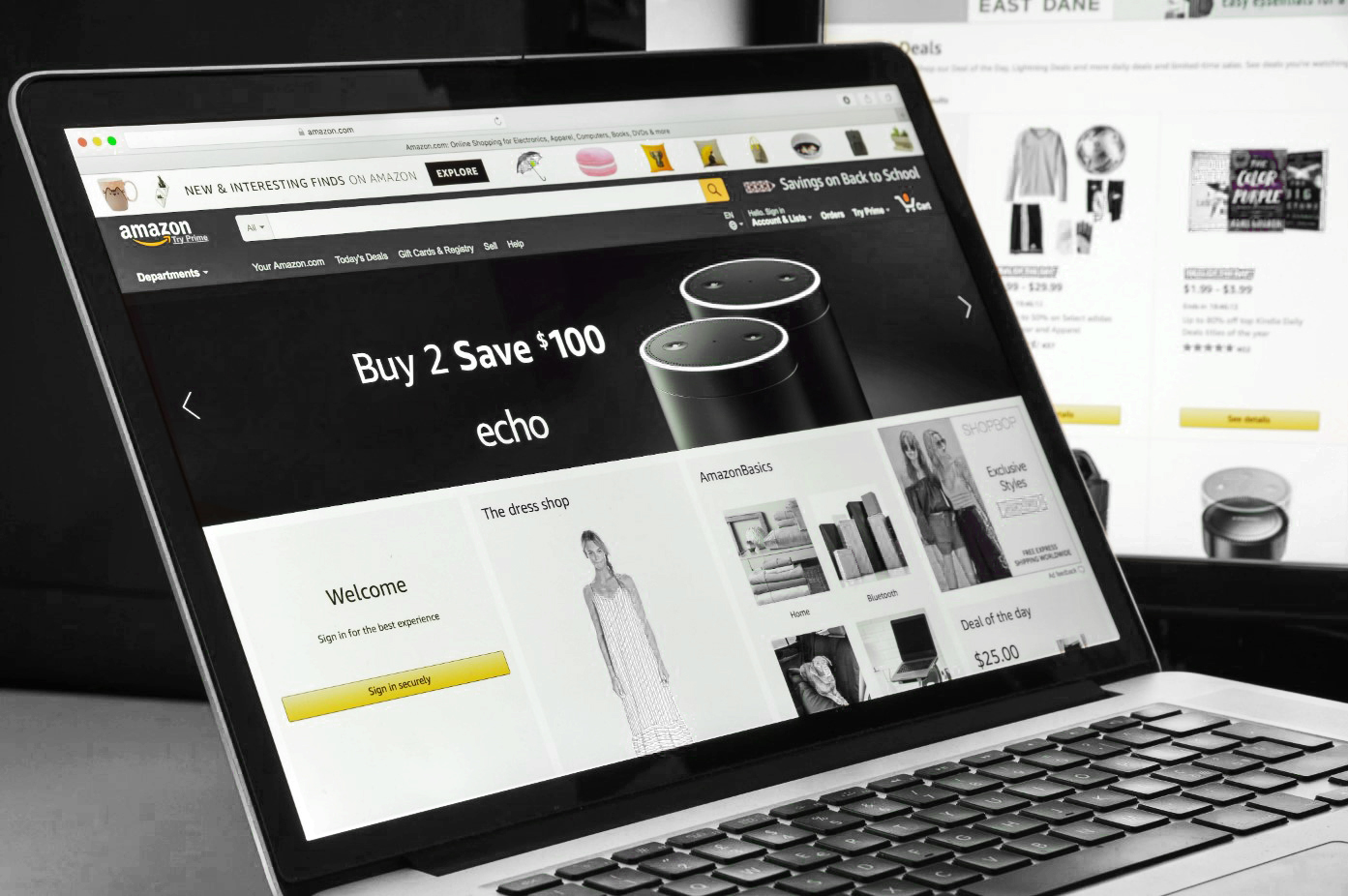
Navigating the Waves of Change: The Amazon Effect on Small Retailers
The ‘Amazon Effect’ has reshaped retail by transforming consumer expectations and changing global retail rules. For small retailers, the Amazon Effect presents both formidable challenges and unique opportunities. By understanding these intricacies, local businesses can carve out strategies that allow them to thrive in an Amazon-dominated landscape.
The Challenges: Facing Goliath
The immediate impact of the Amazon Effect on small retailers is the exacerbation of competition. Amazon’s vast inventory, aggressive pricing strategies, and lightning-fast delivery options set high standards that can be daunting for small businesses to match.
1. Customer Expectations: Today’s consumers expect a seamless shopping experience, marked by convenience, speed, and personalization. Amazon’s sophisticated algorithms and customer-centric models have elevated these expectations, making it challenging for smaller retailers to meet this new benchmark.
2. Market Visibility: Amazon commands a massive online presence, capturing a significant share of internet traffic for product searches. For small businesses, this means navigating the complexities of SEO and digital marketing to carve out a visible space in a crowded marketplace.
3. Economic Squeeze: The pricing power wielded by Amazon can place a financial strain on smaller competitors. With its ability to offer lower prices due to vast economies of scale, small retailers often find themselves in a tight spot, trying to balance affordability and sustainability.
The Opportunities: Finding the Silver Lining
Despite these hurdles, the Amazon Effect is not a death knell for small retailers. On the contrary, it opens up avenues for innovation, differentiation, and deeper customer relationships.
1. Niche Market Focus: One of the most potent strategies for small retailers is to specialize in niche markets. By offering unique, curated products that are not readily available on Amazon, small businesses can attract a dedicated customer base seeking specificity and expertise.
2. Personalized Service: Small retailers can outshine larger corporations by offering personalized customer service. A local retailer knows its community and can engage with customers in more meaningful ways, from personalized recommendations to hands-on post-purchase support.
3. Community Engagement: Small businesses are intrinsically part of their local ecosystems. Small retailers can grow a loyal customer base and support the local economy by engaging in community events, partnerships, and social initiatives.
4. Agile Innovation: Small businesses’ smaller-scale operations enable quicker innovation and nimbleness. They rapidly adapt, whether by going eco-friendly, launching new products, or using tech for unique shopping experiences.
Crafting a Strategy for Survival and Growth
The key for small retailers lies in leveraging their strengths—authenticity, flexibility, and community connection—to create a differentiated brand proposition. Furthermore, integrating technology to streamline operations, enhance the online shopping experience, and engage with customers on social media can amplify their competitive edge.
Investing in a robust online presence is no longer optional. An eCommerce platform, social media engagement, and targeted digital marketing are essential components of a holistic strategy that complements a physical storefront.
Conclusion
The Amazon Effect is changing retail, pushing small businesses to adapt. By leveraging their unique strengths and new opportunities, small retailers can thrive. The future of retail also depends on innovative and resilient small businesses committed to exceptional community and customer service.
Navigating the Amazon Effect requires a blend of creativity, agility, and strategic foresight. Adapting and innovating can thrust small retailers into success, fostering strong customer bonds and a standout market presence.





Leave a Reply